How To Clean Up Junk Files On Mac: Best Methods
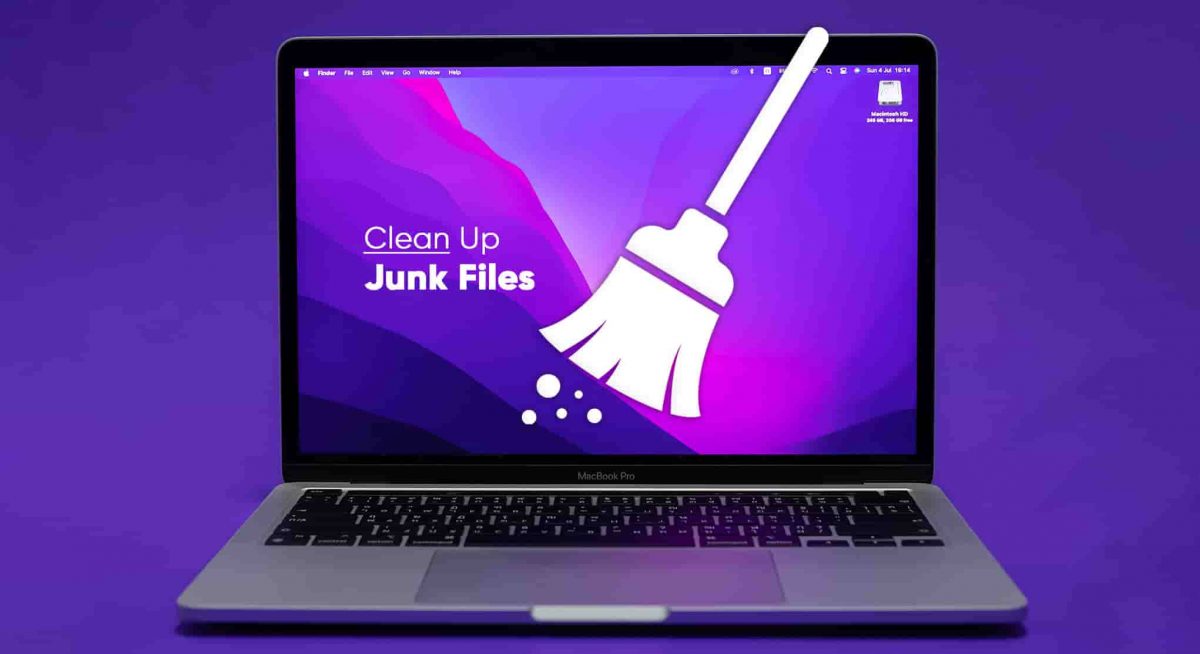
If as a Mac user, you’ve likely amassed a significant amount of junk files over time, you must be looking for a way to get rid of them. These unwanted files can take up valuable storage space, slow down your system, and even compromise your privacy. Fortunately, cleaning up your Mac’s junk files is a straightforward process that can significantly improve your computer’s performance and free up much-needed storage.
In this comprehensive guide, we’ll walk you through the steps to effectively delete and clean files on Mac and keep your system running smoothly.
Understanding Junk Files on Mac
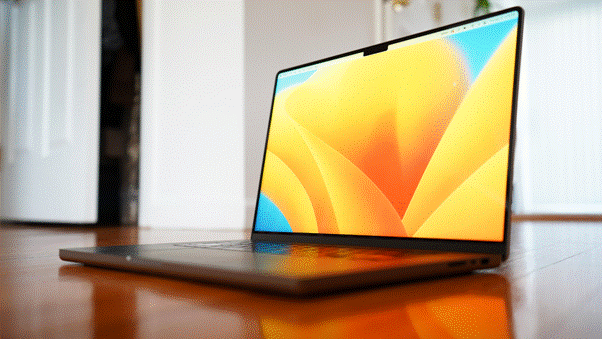
Junk files on your Mac can come in various forms, including temporary files, caches, logs, and other system-generated data that accumulate over time. These files are often created by applications, the operating system, or even your web browsing activities. While they serve a purpose, they can quickly consume valuable storage space and contribute to a cluttered system.
Some common examples of junk files on Mac include:
- Temporary Files: These are files that applications create and use temporarily, such as cache files, log files and other temporary data.
- System Logs: Your Mac generates various system logs to record activities and diagnose issues. Over time, these logs can grow in size and become unnecessary.
- App Leftovers: When you uninstall an application, sometimes residual files are left behind, taking up space on your hard drive.
- Unused Language Files: macOS includes support for multiple languages, and the associated language files can occupy a significant amount of space if you don’t use them all.
- Duplicate Files: It’s easy to inadvertently create duplicate files, especially if you have multiple backups or download the same files from the internet.
Regularly cleaning up these junk files can free up valuable storage space, improve your Mac’s performance, and even enhance your overall computing experience.
Also read: How to Enter and Exit Full Screen on Mac
Preparing to Clean Up Junk Files on Mac
Before you start deleting unnecessary files on your Mac, it’s essential to take a few precautions to ensure you don’t accidentally remove important data.
- Back-Up Your Data: As a best practice, always make a backup of your important files before performing any significant cleaning or maintenance tasks on your Mac. This will ensure that you can restore your data if anything goes wrong during the process.
- Check Essential System Folders: Avoid deleting files from crucial system folders, such as the Applications, Library, and System folders. These directories contain essential files and components that your Mac relies on to function properly.
- Consider Disk Utility: The Disk Utility application on your Mac can be a useful tool for analyzing and repairing disk issues. You can use it to check the overall health of your storage drive and perform necessary maintenance tasks.
Now that you’re prepared, let’s dive into the steps to clean up junk files on your Mac.
Also read: How to Prevent Mac From Sleeping
How to Delete Unnecessary Files on Mac
#1 Clear Cache Files
While junk files generated by your macOS usually don’t take up a massive amount of space individually, they can collectively consume valuable storage and contribute to a sluggish, unresponsive system over time. Therefore, it’s still better to clean and delete unwanted files.
However, you should be extremely cautious when removing system-level caches and logs, as deleting vital files could potentially cause issues with your Mac’s proper functioning.
Here’s how to delete unnecessary files on Mac:
Step 1: Open the Finder. Press Command + Shift + G to access the “Go to Folder” window.
Step 2: Enter the following path into the field: /Library/Caches and press Return.
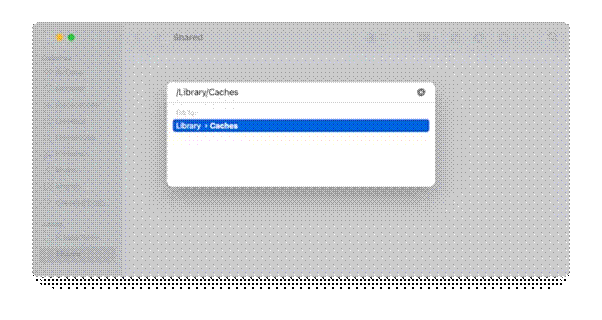
Step 3: This will take you to the system-level cache directory. Review the contents and delete any files or folders that you recognize as safe to remove, such as cache files from applications you no longer use.
Step 4: Repeat the process for the /System/Library/Caches directory to clean up system-level caches.
#2 Clear Browser Cache
Deleting what is also known as internet caches serves two great purposes: handling potential privacy issues by removing your digital trail and freeing up valuable storage space on your Mac. The process varies slightly for different web browsers, so we’ll cover how to clear the caches for the three most popular options.
Safari:
Step 1: Open Safari and go to Safari > Preferences > Advanced.
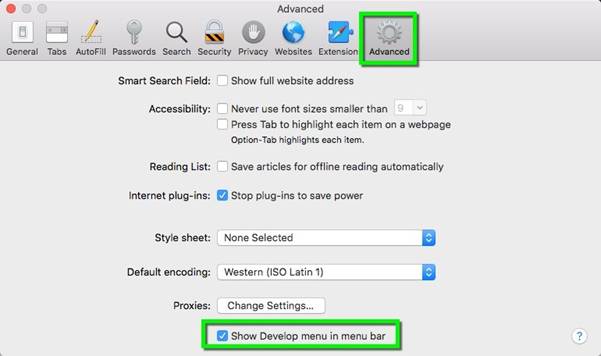
Step 2: Make sure the “Show Develop menu in menu bar” option is selected. In macOS Sonoma, this option may be labeled as “Show features for developers” instead.
Step 3: Now, go to the Develop menu (which should now be visible) and select “Empty Caches”.
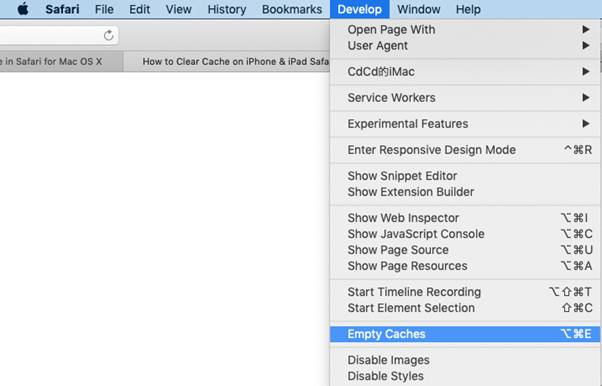
This will clear the cached files and data stored by Safari, helping to protect your privacy and reclaim some of that precious storage on your Mac.
Google Chrome:
Step 1: In the address bar of the Chrome browser, type chrome://settings and press Enter. In the Settings menu, navigate to the “Privacy and Security” section.
Step 2: Under the “Privacy and security” options, select “Clear browsing data”.
Step 3: In the “Clear browsing data” window, make sure the “Cached images and files” option is selected.
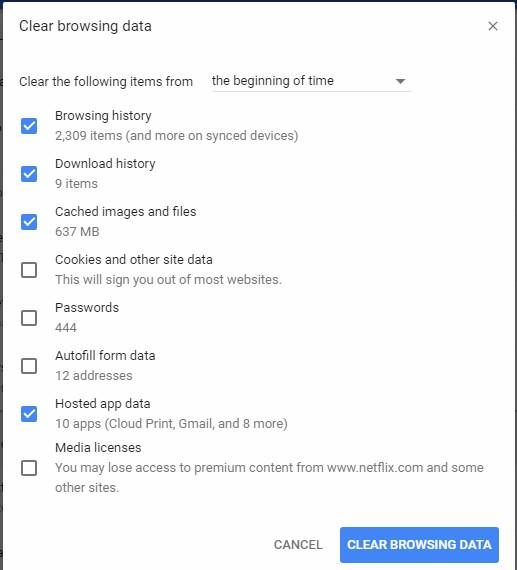
Step 4: Click the “Clear browsing data” button to remove the cached content from your Chrome browser.
This process will clear the cached images, files, and other data that Chrome has accumulated, helping to free up storage space on your Mac and maintain your online privacy.
Also read: How to Clean an SD Card on Mac Without Formatting
#3 Remove Localization and Language Files
Thanks to macOS localization and language files, you can set your apps to your preferred language. However, once you’ve determined the primary language you use for an application, you can safely delete the unnecessary language files to reclaim storage space.
Here’s how to delete junk files on Mac:
Step 1: Open the Finder and navigate to the Applications folder. Right-click on any application icon and select “Show Package Contents”.
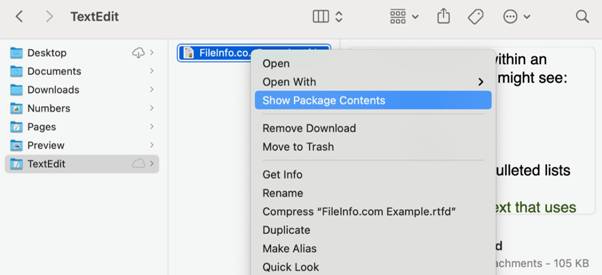
Step 2: Locate the “Resources” folder and open it.
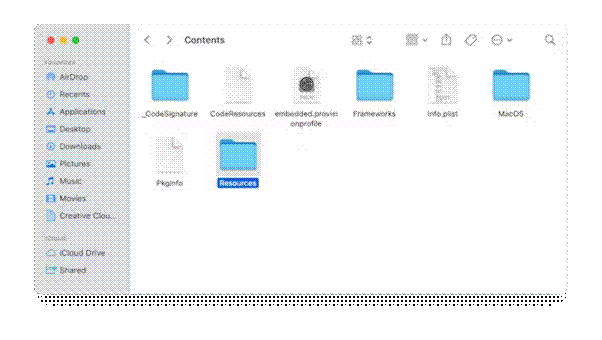
Step 3: Select the language folders that you don’t need and move them to the Trash. This could include folders for languages you don’t use, such as French, German, Spanish, etc.
NOTE: Remember to empty the Trash when you’re done removing these junk language files from your Mac to complete the cleanup process.
By selectively deleting the unused language files, you can free up valuable storage space on your Mac without impacting the functionality of your applications.
#4 Delete Unused DMG Files
Another way to remove junk from your Mac is by checking for and deleting unused .DMG files. These disk image files, which are often used for app installers, can be real space eaters on your system. Fortunately, they can be safely and quickly removed.
Here’s how to do it:
Step 1: Go to your desktop and press Command + F to bring up the Finder search. In the search options, choose “This Mac” as the search location.
Step 2: Click the “+” button on the right side of the search window to add new search criteria. In the dropdown menu, select “File extension” and then type “dmg” into the text field.
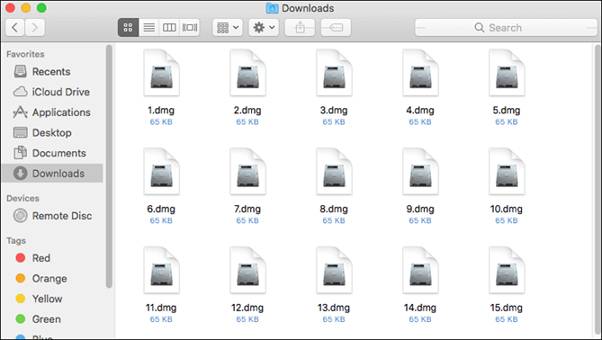
Step 3: Review the search results, which will show you all the .DMG files on your system. Delete any .DMG files that correspond to applications you have already installed, as these files are no longer needed.
By identifying and removing these unused .DMG files, you can free up a significant amount of storage space on your Mac without impacting the functionality of your installed applications.
Bonus Tip –
Use Cleanup My System to optimize your Mac’s performance easily.
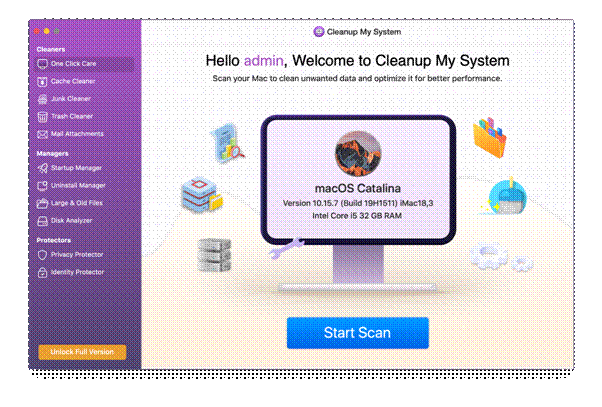
Cleanup My System by Systweak Software is a Mac utility which can quickly get rid of junk, cache and temporary files. It can also help you remove the unwanted applications along with the residual files. It provides you with a Disk Analyzer module which helps in getting a clear view of the data stored on your Mac. This application also lets you secure your identity and privacy with Identity Protector and Privacy Protector modules. Get it now and manage your Mac’s storage space instantly.
Get Cleanup My System
Tips for Maintaining a Clean Mac
Cleaning up junk files on your Mac is an important task, but it’s also essential to maintain a clean system on an ongoing basis. Here are some tips to help you keep your Mac in top shape:
- Schedule Regular Cleanups: Set aside time every few months to perform a thorough cleanup of your Mac. This will help prevent the accumulation of junk files and keep your system running smoothly.
- Monitor Your Storage Usage: Keep an eye on your Mac’s storage usage by checking the built-in Storage Management tool or using a third-party disk analyzer like Cleanup My System . This will help you identify areas where you can free up space.
- Disable Unnecessary Startup Items: Regularly review and disable any unnecessary applications or services that are set to launch automatically at startup. This can help improve your Mac’s performance and free up system resources.
- Uninstall Unused Applications: Periodically review the applications installed on your Mac and uninstall any that you no longer use. This will not only free up storage space but also prevent the accumulation of junk files associated with those applications.
- Backup and Offload Unused Files: If you have large files or folders that you don’t need immediate access to, consider backing them up to an external storage device or cloud service. This will free up space on your Mac’s internal storage.
By following these best practices, you can maintain a clean and efficient Mac, ensuring optimal performance and storage utilization for years to come.
Also read: How to Diagnose and Stop a Noisy Mac Fan
Conclusion
Cleaning up junk files on your Mac is an essential task that can significantly improve your computer’s performance, free up valuable storage space, and enhance your overall user experience. By following the steps outlined in this guide, you can effectively identify and remove unnecessary files, caches, and other system-generated data. Additionally, the use of third-party cleanup tools can make the process even more comprehensive and efficient. We recommend using Cleanup My System for this task as it is one of the best Mac optimizers.
Remember, maintaining a clean Mac is an ongoing process, so be sure to schedule regular cleanups and implement strategies to prevent the accumulation of junk files. By staying on top of your Mac’s maintenance, you’ll enjoy a smoother, more responsive system and have the peace of mind that comes with a well-organized and optimized computer.


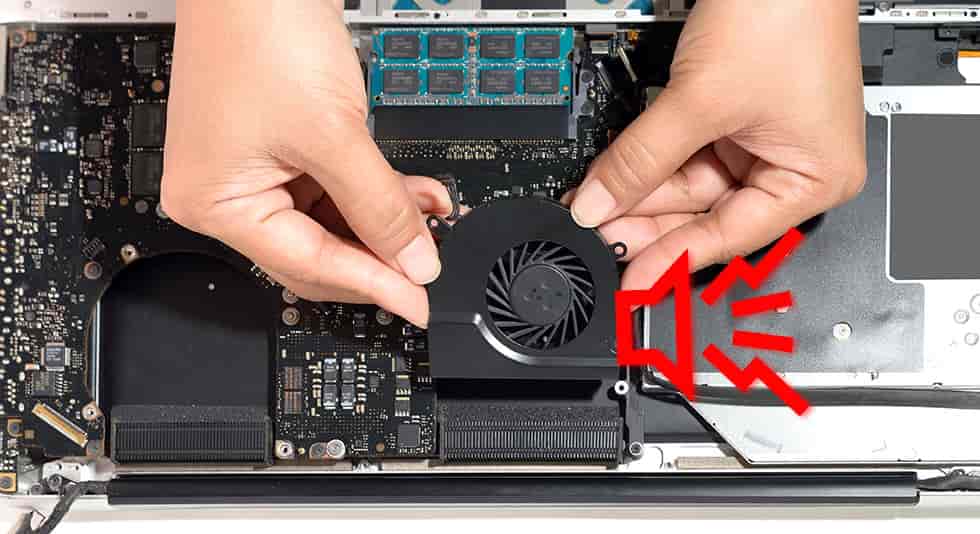 How to Diagnose and Stop a Noisy Mac Fan
How to Diagnose and Stop a Noisy Mac Fan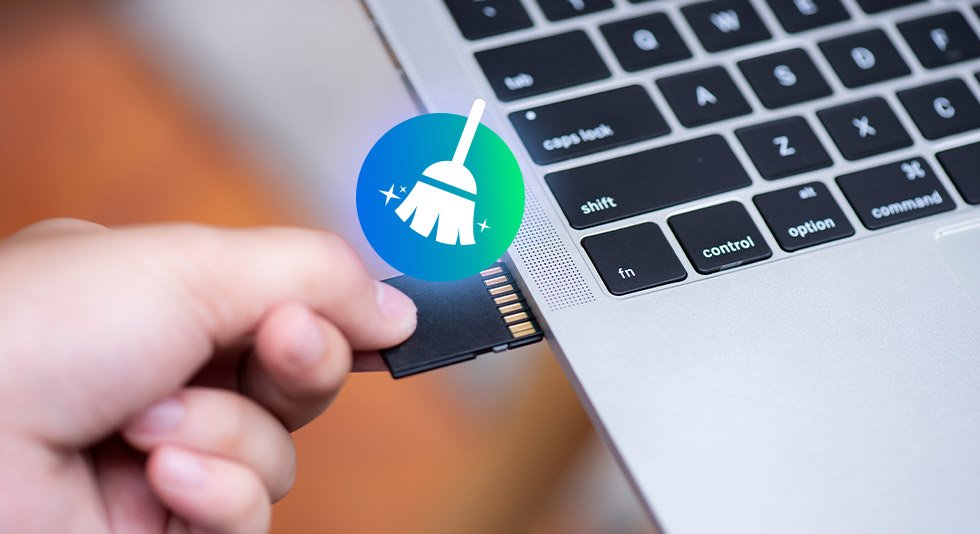 How to Clean an SD Card on Mac Without Formatting
How to Clean an SD Card on Mac Without Formatting How to Prevent Mac From Sleeping
How to Prevent Mac From Sleeping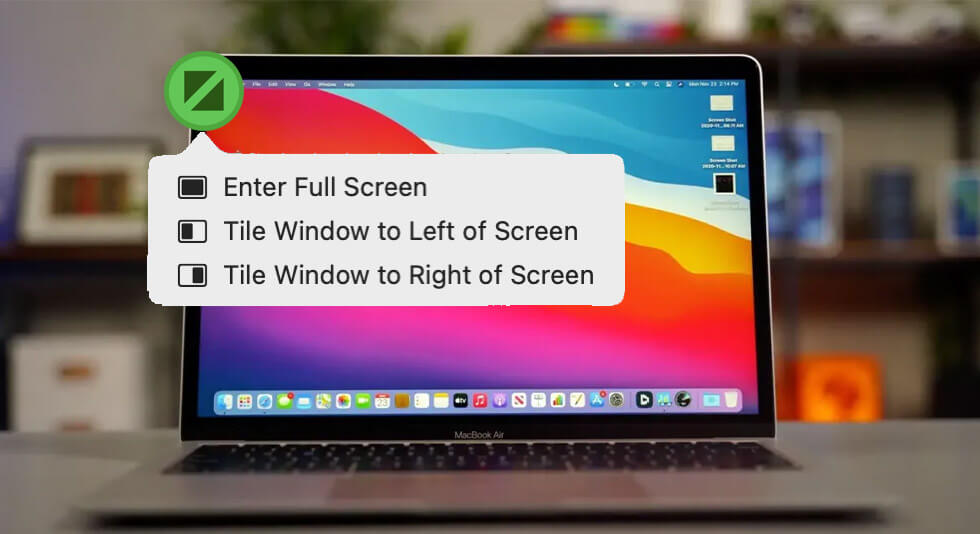 How to Enter and Exit Full Screen on Mac
How to Enter and Exit Full Screen on Mac